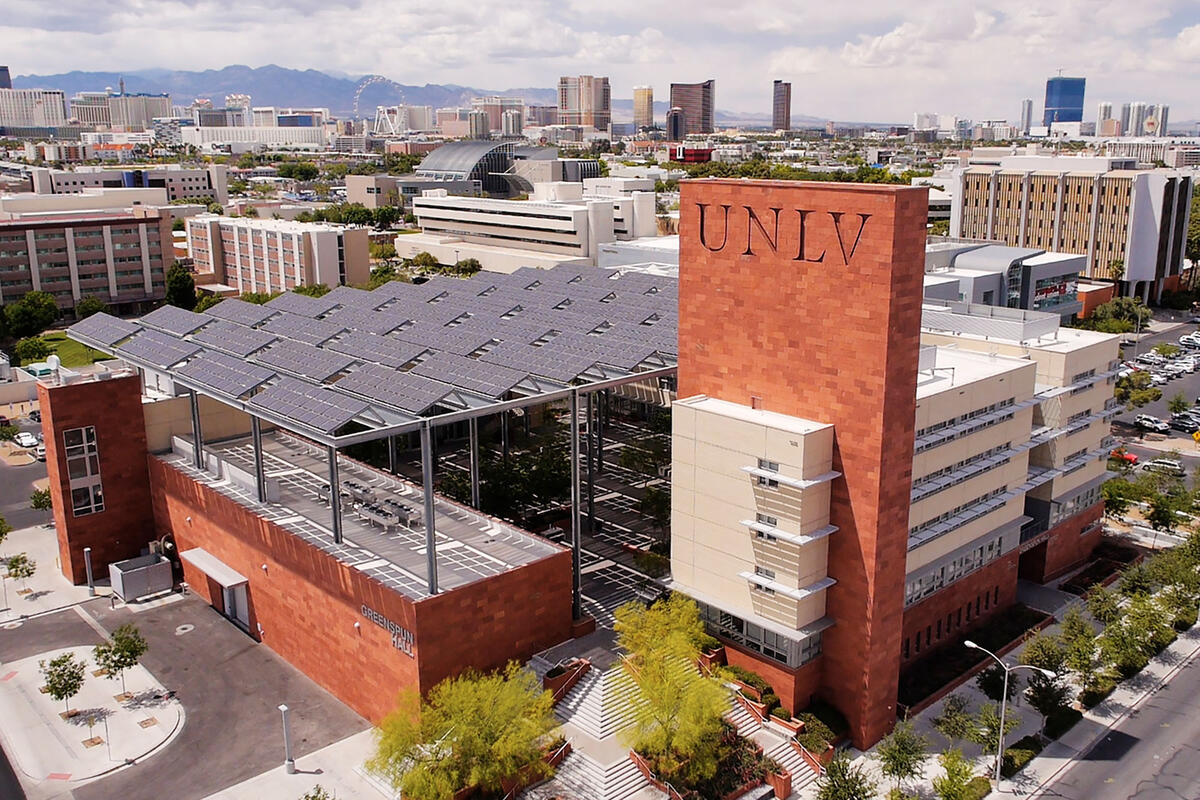Nevada's higher education institutions, including the University of Nevada, Las Vegas (UNLV), are facing a growing financial crisis that threatens both their operations and the state’s socio-economic progress. Budget shortfalls at the state level and cuts to federal research funding have placed unprecedented pressure on these universities, jeopardizing their ability to deliver quality education, pursue groundbreaking research, and maintain their stature as academic leaders. The severity of the situation underscores the need for innovative solutions, strategic planning, and robust advocacy to safeguard Nevada's higher education and research potential.
Responding to Budget Crises: UNLV’s Adjustments
UNLV, in particular, has been battling significant financial challenges. This month, the university announced measures to address a $9.6 million budget deficit for fiscal year 2025, including a two-month hiring freeze and a 25% reduction in operating budgets. These steps highlight the tough choices that administrators are forced to make to ensure financial stability while striving to minimize the impact on students, faculty, and the quality of education. Yet, these short-term adjustments shine a spotlight on broader systemic financial issues plaguing Nevada’s higher education system, a problem that demands more sustainable, long-term solutions.
The financial strain is not unique to UNLV, however. It is symptomatic of the larger struggles across the state's educational institutions, which remain constrained by reduced public support and diminishing efficiencies. With limited resources, institutions such as UNLV and the University of Nevada, Reno (UNR) are grappling with how to meet their core missions of educating students and driving research while facing escalating economic challenges and societal demands.
Federal Research Funding Woes and Broader Implications
Nevada’s colleges and universities are not only dealing with state budget reductions; they are also confronting substantial cuts in federal research funding. For example, the decision by the National Institutes of Health (NIH) to cap indirect cost rates at 15% could result in an annual funding loss nearing $7 million collectively for UNLV and UNR. These cuts threaten critical projects such as Dr. Karla Wagner’s research on drug overdose deaths at UNR—work that saves lives and has a tangible impact on public health outcomes in the state.
The reduction in federal funding jeopardizes important ongoing initiatives and significantly hampers Nevada’s ability to address vital challenges such as healthcare, climate change, and economic development. Not only that, Nevada risks losing momentum in cultivating a vibrant research ecosystem capable of attracting top-tier talent, fostering innovation, and solving problems of widespread societal importance.
Losing Ground: Consequences for Research and Recognition
In a notable achievement, UNLV earned the “very high research activity” designation from the Carnegie Classification in 2018, making it the first public university in Nevada to achieve such a distinction. This badge of honor positioned UNLV alongside research giants and unlocked opportunities for federal funding, partnerships, and academic prestige. Unfortunately, this hard-won status, which took significant investments of time and resources, could now be at risk due to chronic underfunding and spending cuts.
The stakes are higher than ever. Losing ground as a leader in research would not only impact the university’s faculty, students, and alumni but would also diminish Nevada’s reputation as a national hub for higher learning and innovation. The implications go beyond education—research institutions play key roles in economic development, creating jobs, spurring entrepreneurship, and addressing the most pressing challenges impacting local communities.
Persistent Budget Challenges: A Long-Standing Issue
Nevada’s higher education funding issues aren’t new. Over the last three years, UNLV has endured a persistent 30% reduction in state financial support. In response, the university has implemented stopgap measures, such as vacancy freezes, work furloughs, and early retirement programs. While these efforts have temporarily alleviated fiscal pressures, they are far from permanent fixes. The repercussions of these reductions hinder institutional growth and compromise the ability of colleges and universities to meet the needs of students and society.
Innovative Solutions and a Call to Action
Despite these challenges, Nevada’s universities are resolutely exploring innovative ways to navigate this crisis. Proposed solutions like differential tuition for high-cost programs (e.g., nursing), revisiting funding allocation strategies, and enhancing collaborations highlight the institutions’ adaptability and commitment to sustainability. Simultaneously, both universities and their communities must come together to urge stronger state and federal investments in education, emphasizing the relationship between an educated workforce, robust research programs, and long-term economic vitality.
Why Nevada’s Academic Future Matters
The health of Nevada’s academic system directly impacts the broader well-being of its citizens. A robust higher education framework supports the workforce of tomorrow, drives economic growth, conducts life-changing research, enhances public welfare, and raises the state’s profile on a national level. Severe budgeting issues cannot be viewed in isolation—they have ripple effects that touch the lives of countless residents.
Conclusion: A Pivotal Moment
As UNLV and other Nevada institutions wrestle with these multifaceted financial obstacles, their resilience is evident. Bold actions, advocacy, and strategic partnerships are needed to ensure these universities not only survive but thrive. Higher education is too crucial to the state’s future to be disregarded. Decisions made now will shape Nevada’s success, its ability to address societal challenges, and its capacity to sustain excellence in education and research. It is imperative to view higher education as an investment in Nevada’s future—one that deserves sustained and focused attention.
